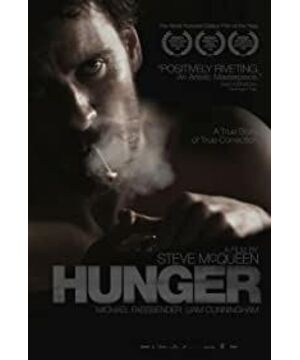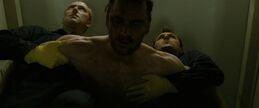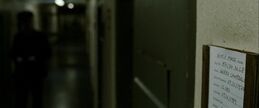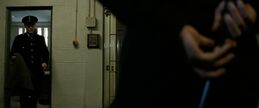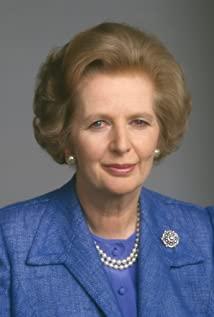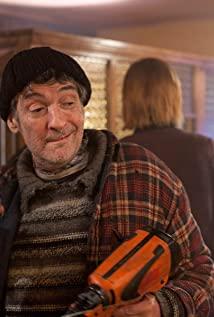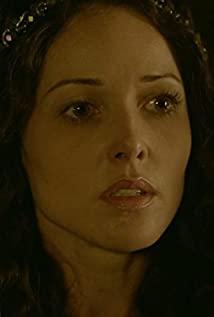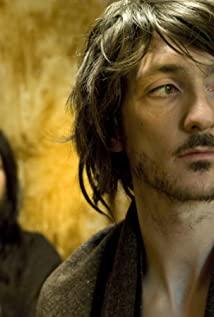The film noir started off with the statement explain the background of the Hunger Strike protest very briefly as following:
'Northern Ireland, 1981, 2187 people have been killed in "the Troubles" since 1969. The British Government has withdrawn the political status of all paramilitary prisoners.Irish Republicans in the Maze Prison are on a "blanket" and "no wash" protest.'
The blueish tone of the film evokes an indifferent feeling due to the usage of Fuji film. The opening keeps the distance from over-emotive - showing an ordinary daily routine of the prisoner guard Raymond Lohan (Stuart Graham) preparing to leave for work in the morning; checking under his car for bombs. The moody scene was expressed by Lohan, ignoring the camaraderie of his colleagues, smoking cigarette outside the prison when the snow is falling during winter. I am so moved that a scene portrays the unbearable loneliness of Lohan the prisoner guard, by focusing on the snowflakes melts on his wounded fist. The red blemish on the fist stands out from the grayish-blue wall and the color of his uniform delicately.
It then followed by a new IRA prisoner Davey (Brian Milligan), follows his refusal to wear the prison uniform. We witness the relationship between his new roommate Gerry (Liam McMahon). I can imagine the smearing with the feces from floor to ceiling must be like a hell for prisoners and guards. McQueen attempts to invite the audience participating in the scenery - turning the vision into an imagination of scent in the dark cinema. In the middle of the film, there is a striking scene which the Catholic priest was doing his address on the Sunday service while the prisoners constantly babbling on purpose showing their attitude of protest. This looks exactly like what you can see some of the avant-garde clip from Tate Modern. I do really appreciate this approach because you will never see this sort of setting from mainstream films.McQueen reveal a new viewpoint of the refusal of communication and I can tell there is a strong message from behind, which is the resistance to the regime. Or even the religious conflict between the Roman Catholic Church and the Protestantism from the United Kingdom's history.
The climax of the film is not only one of the policemen ran away, weeping out of fear in the next door, while a number of riot police beating up the prisoner in punishment of the destroyer in their cells. Is the film shows almost no dialog for its first hour, before an unbroken 22-minute take of Sands discussing his proposed hunger strike with his priest. It seems to me it was like another hidden climax of the film - after a long period of tacit followed by an avalanche of verbalism. According to one of McQueen's interviews the film was supposed to be no dialog initially. But then he continued that he was writing the screenplay, the dialog was just overwhelmed by the conversation between Sands and the Catholic preist about the decision to go on hunger strike.It was filmed in one continuous 10-minute take on the first day of filming in Northern Ireland. And took Michael Fassbender and co-star Liam Cunningham four attempts to complete. To prepare for the scene, Cunningham moved into Fassbenders apartment for a time while they practiced the scene at least twelve times a day, sometimes repeating the scene fifteen times in a single day. It is thought that the scene is one of the longest ever scenes in a mainstream film.
This reminds me of the triva about the deceased actor Health Ledger locked himself up in a motel for six weeks in preparation for his role as The Joker, in prior of The Dark Kiight's production. During this extended stay of seclusion, delved deep into the psychology of how the fearless character. Likewise he suffered from solitude and extreme silence. Cunningham and Fassbenders both show their utter professionalism, but also their passion about cinematography.
Another epic flourished of the meeting between Bobby Sands and Father Moran is Sands' story of going to the country as a Belfast boy on the cross country team seems to refer to the nostalgia, also reminds me of English new-wave film The Loneliness of the Long Distance Runner (1962) by Tony Richardson. Back to the country set from Hunger that they go down to a woods and a stream, where little Boody is the only one who dares to put a dying foal out of its misery by drowning it. The childhood's retrospect become correlative of his last thoughts when he is dying in the prison hospital. The double images of his last breathe with the flying crows was dazzlingly sad. Perhaps it implies that he wanted to ride onto the birds flying back to the slumberous nest with merciful rest.
And one of the interests from the film is the contrast between the film title and the theme. It was named “Hunger” obviously derived from the Hunger Strike, so basically the protester was struggling with the refusal of the food. However the whole film presents an unappetizing setting in the morbid Maze Prison. Indicating out this point, I found this film is conceptually incompatible and stunningly quirky. Within this current decade of cinematography, Steve McQueen, the notable new talented definitely deserves applause and standing ovation by his innovative epic.
Ah, forgot to mention about some other goofs is that Steve McQueen, people just generally get confused with another Terrence Steven "Steve" McQueen the American film star, nicknamed "The King of Cool", often casted in some of the western movies. It just make me think of La Double vie de Véronique in terms of a goofy coincidence.
See also:
Deadpan (1997)
Drumroll (1998)
References:
http://www.imdb.com/title/tt0986233/
http://en. wikipedia.org/wiki/Hunger_ (2008_film)
View more about Hunger reviews


